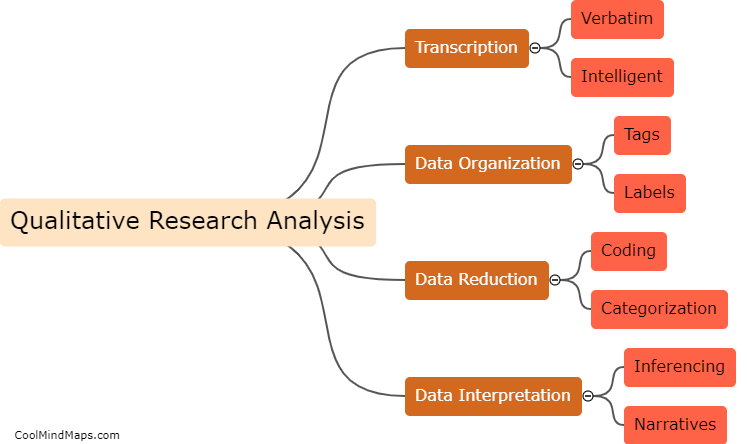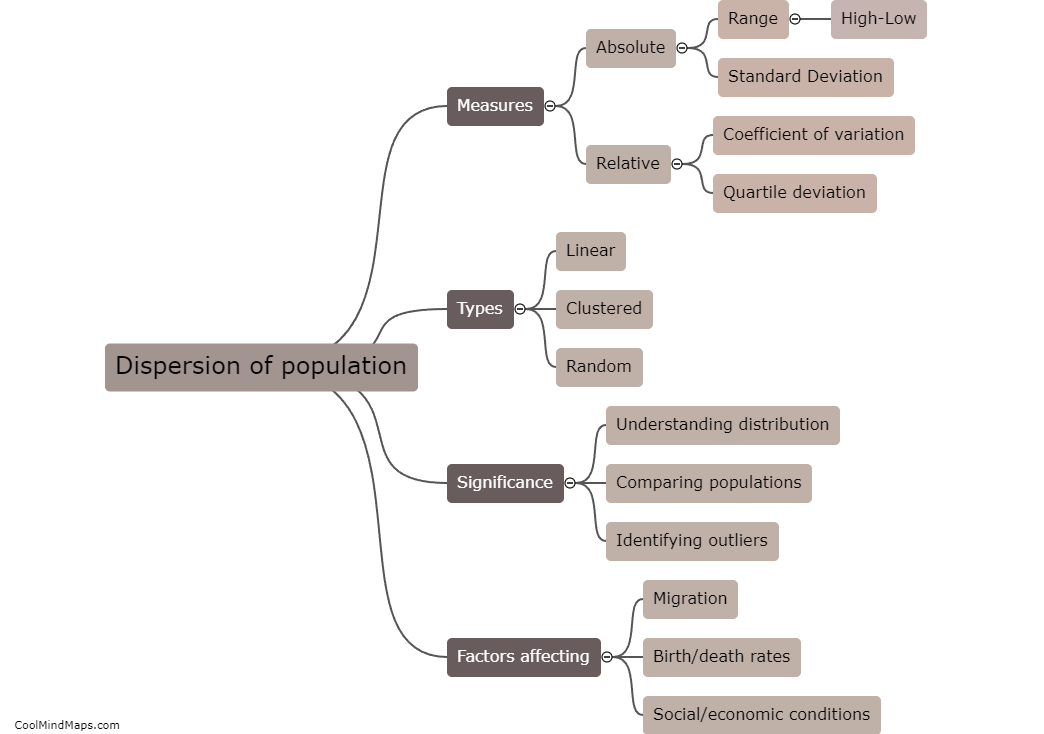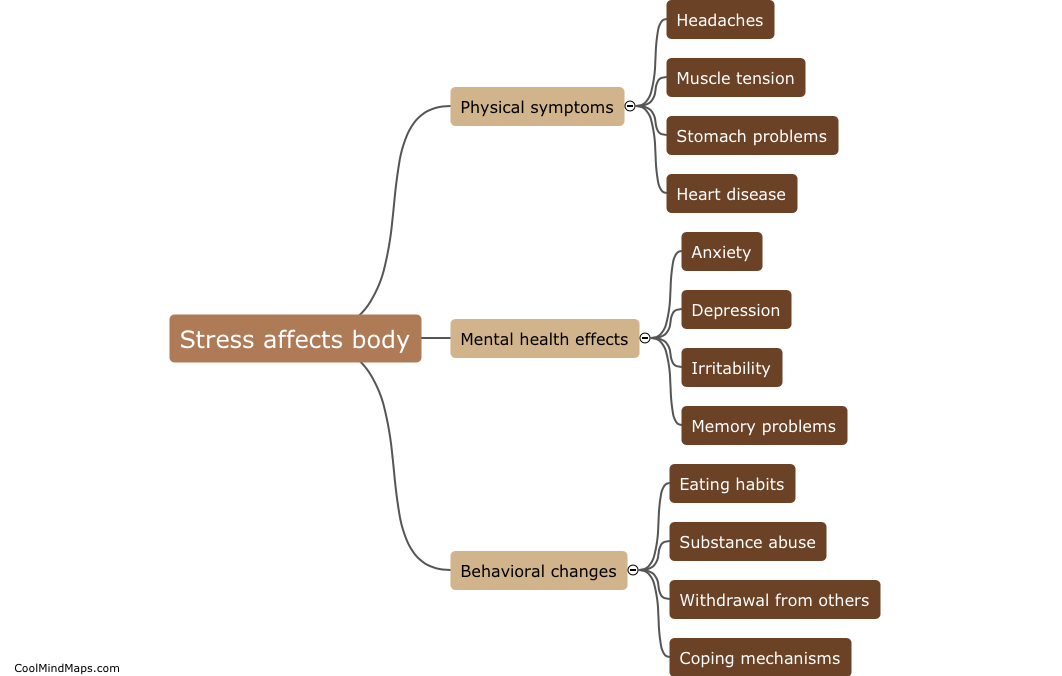What are the basic principles of XRF?
The basic principles of XRF, or X-ray fluorescence spectroscopy, involve the interaction of X-rays with the atomic structure of a material. When X-rays are directed at a sample, they cause the atoms within the material to emit characteristic X-rays that can be measured and analyzed. The intensity and energy of these emitted X-rays are proportional to the concentrations of the corresponding elements in the material. Therefore, XRF can be used to identify and quantify elements in a wide variety of materials, including metals, minerals, and geological samples. XRF is a non-destructive technique, making it a valuable tool in scientific and industrial applications.

This mind map was published on 20 May 2023 and has been viewed 70 times.











